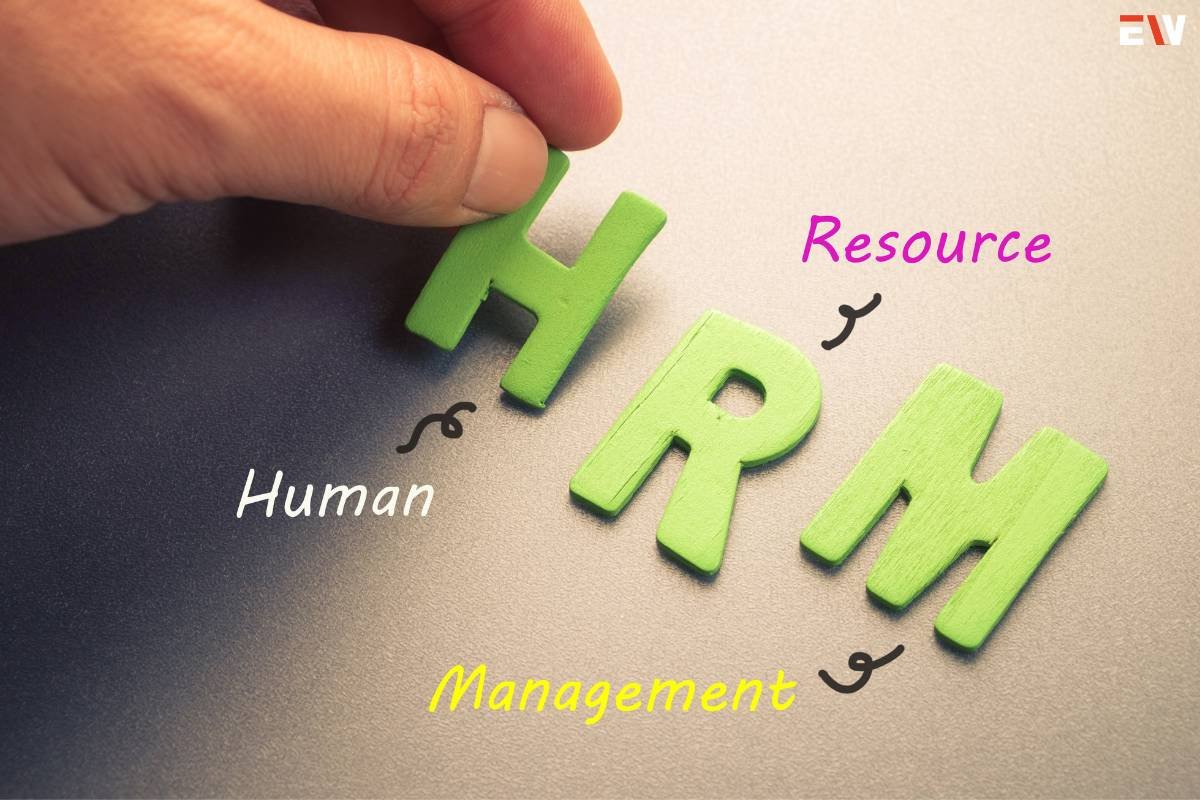In the dynamic landscape of business, the role of Human Resource Management (HRM) has evolved from a traditional administrative function to a strategic partner in driving organizational success. This article serves as a comprehensive guide to understanding the intricacies of human resource management, exploring key strategies that contribute to employee satisfaction, organizational growth, and overall success.
Here is a 7-chapter Guide to Human Resource Management Strategies:
1. The Core Functions of Human Resource Management
Human Resource Management encompasses a range of functions crucial to the smooth operation of an organization:
- Recruitment and Selection: Attracting, hiring, and retaining top talent through effective recruitment strategies.
- Training and Development: Investing in employee growth and skill development to enhance performance and job satisfaction.
- Performance Management: Establishing systems to evaluate and improve employee performance through feedback, appraisals, and goal setting.
- Employee Relations: Fostering positive relationships between employees and the organization, addressing concerns, and maintaining a healthy work environment.
- Compensation and Benefits: Designing competitive compensation packages and benefits to attract and retain skilled professionals.
2. Strategic Workforce Planning
Strategic workforce planning is a cornerstone of effective HRM, ensuring that an organization has the right people in the right roles at the right time. Key considerations include:

- Talent Acquisition Strategy: Align your recruitment efforts with organizational goals to secure talent that contributes to the company’s strategic objectives.
- Succession Planning: Identifying and developing potential leaders within the organization to ensure a seamless transition in key roles.
- Skills Gap Analysis: Assessing the current skills of the workforce and identifying gaps to inform training and development initiatives.
- Flexible Workforce Models: Embracing flexible work arrangements, including remote work and flexible hours, to adapt to changing business needs.
3. Employee Engagement Strategies
Engaged employees are more productive, committed, and likely to contribute positively to the organization. Effective employee engagement strategies include:
- Clear Communication Channels: Establishing transparent communication channels to keep employees informed about company goals, changes, and expectations.
- Recognition Programs: Implementing programs to acknowledge and reward employee achievements, fostering a culture of appreciation.
- Career Development Opportunities: Providing clear paths for career advancement and growth, demonstrating a commitment to employee success.
- Work-Life Balance Initiatives: Supporting initiatives that promote a healthy work-life balance, including flexible schedules and wellness programs.
4. Diversity and Inclusion Initiatives
A diverse and inclusive workplace is not only ethically sound but also contributes to innovation and organizational success. Strategies for fostering diversity and inclusion include:
- Diverse Hiring Practices: Implementing inclusive hiring practices to attract candidates from various backgrounds, ensuring a diverse talent pool.
- Inclusive Policies: Developing and enforcing policies that promote equal opportunities and create an inclusive workplace culture.
- Training Programs: Conducting diversity and inclusion training to raise awareness and promote understanding among employees.
- Employee Resource Groups: Establishing employee resource groups that provide support and a sense of community for underrepresented groups.
5. Performance Management and Feedback
In any organization, performance management is an ongoing process that involves setting expectations, providing feedback, and helping the employees in reaching their full potential:

- Goal Setting and Alignment: Establishing clear, achievable goals that align with both individual and organizational objectives.
- Regular Performance Reviews: Conduct regular reviews to provide constructive feedback, recognize achievements, and address areas for improvement.
- Development Plans: Collaborating with employees to create personalized development plans that support their professional growth.
- 360-Degree Feedback: Implementing feedback mechanisms that involve input from peers, managers, and subordinates for a holistic performance evaluation.
6. Legal Compliance and Risk Management
HRM involves navigating a complex landscape of employment laws and regulations to ensure compliance and mitigate risks:
- Policy Development: Creating comprehensive HR policies that adhere to legal requirements and align with organizational values.
- Training on Compliance: Conduct regular training sessions to educate employees and managers on legal compliance and ethical practices.
- Risk Assessment: Identifying potential risks related to HR practices and developing strategies to mitigate them.
- Documentation and Record-Keeping: Maintaining accurate records of employee information, performance, and compliance-related documentation.
7. Technology Integration in HRM
In the digital age, leveraging technology is essential for streamlining HR processes and enhancing efficiency:

- Human Resource Information Systems (HRIS): Implementing HRIS to automate administrative tasks, manage employee data, and facilitate reporting.
- Recruitment Software: Utilizing recruitment software to streamline the hiring process, from applicant tracking to onboarding.
- Learning Management Systems (LMS): Implementing LMS for efficient delivery and tracking of training and development programs.
- Employee Self-Service Portals: Providing employees with self-service portals for tasks such as accessing pay stubs, updating personal information, and requesting time off.
Conclusion
Human Resource Management is a dynamic field that plays a pivotal role in shaping the culture, success, and sustainability of an organization. By adopting strategic approaches to workforce planning, employee engagement, diversity and inclusion, performance management, legal compliance, and technology integration, organizations can create a workplace that attracts, retains, and nurtures top talent for a better future.
As Human Resource Management continues to evolve today, staying informed and implementing these key strategies will position your organization for sustained success in an ever-changing business landscape. In fostering a workplace that prioritizes the well-being and professional development of its employees, organizations pave the way for a prosperous and fulfilling future. The journey toward optimal human resource management is an ongoing process, one that aligns organizational goals with the aspirations and growth of its invaluable workforce.










